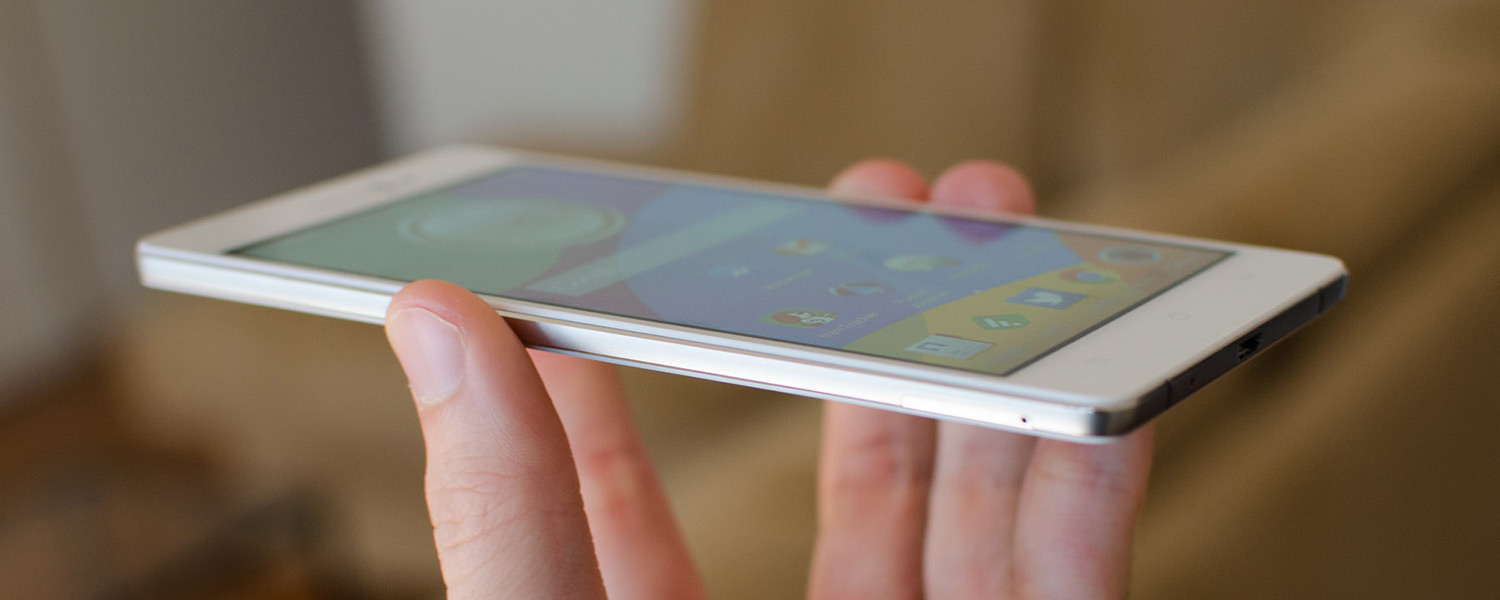Camera
The Oppo R5 uses a Sony Exmor RS IMX214 rear CMOS sensor, which is a 13-megapixel 1/3.06" unit with 1.12 micron pixels. It succeeds the popular IMX135, with the new IMX214 having slightly increased sensitivity as well as wider HDR video support. In the R5 it's paired with a 27mm (effective) f/2.0 lens. The front camera is a five megapixel unit paired with a wide-angle f/2.0 lens.
The quality of the Oppo R5's camera is similar to many other smartphones that implement a Sony sensor without optical image stabilization. Images taken in strong lighting look decent, with accurate and reasonably vibrant colors, a good level of detail and sharpness thanks to the need for minimal post processing, and essentially no grain. While the Oppo R5 doesn't produce the best results I've seen in these conditions, the IMX214 is certainly a capable sensor at the best of times.
However the R5 isn't particularly great when it comes to photos taken indoors and in poorer lighting conditions. Especially when photos are taken under artificial lighting, the R5 had a tendency to get the color tone wrong, resulting in an image that was overly yellow. Most images I took in these conditions were still quite sharp and often lacked noticeable grain, but color saturation was less than impressive, leaving many of my shots looking dull and occasionally washed out.
The Oppo R5 prefers to produce images that are blur-free rather than gambling with long shutter speeds, which makes most photos look sharp despite the lack of OIS. However, as the camera either has to use high ISOs or short shutter speeds, images taken in low light simply aren't as bright or colourful as they should be. Once again, including OIS on this sort of camera would greatly improve overall results, as we've seen from the latest LG and Samsung smartphones.
These issues often mean the R5 camera delivers mid-range results, rather than high-end shots like Oppo is surely hoping for. A few software tweaks could improve performance in low light, but there is also more that could be done on the hardware side in a successor to this handset.
The selfie camera is actually pretty decent, with the wide f/2.0 lens allowing lots of light to hit the sensor, producing brighter images in low light than its competitors. With five megapixels of resolution, selfies can also be quite detailed, although quality in general still falls behind the rear sensor. And like many phones from Asian OEMs, beauty mode is enabled by default.
The camera app is one of the better pieces of software included with the Oppo R5. The standard shooting mode is basic yet functional, but there are many ways to expand the functionality of the camera through additional shooting modes. The expert shooting mode, for example, provides a greater range of manual control, although it's more limited than manual modes I've seen on the latest Lumia and HTC devices.
Other modes worth mentioning are the Ultra HD mode, which combines several images into a single photo as large as 50-megapixels. This mode takes a long time to capture a single image, but detail is enhanced compared to standard 13-megapixel stills (though not as good as an actual 50 MP camera). Slow Shutter is another compelling mode, allowing you to take long exposures up to 32 seconds, great for smartphone photography with a tripod.
You can easily download other modes from within the app, including a decent HDR mode, double exposure, a GIF creator, a RAW mode, and a mode that allows you to adjust the focus after the image is taken. Unfortunately some of these modes, including those that come pre-loaded, have odd interface quirks such as not displaying menus horizontally when the camera is in a standard landscape orientation.










